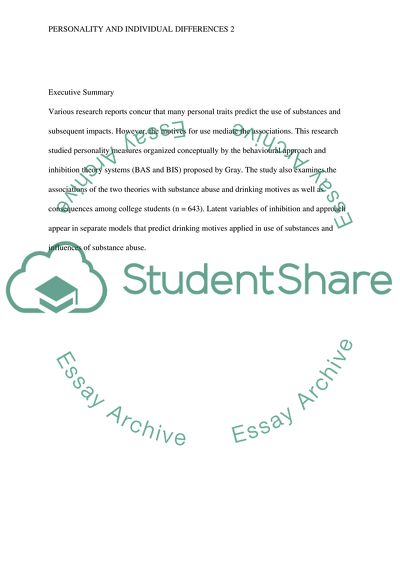Cite this document
(Practical Report for Personality and Individual Differences Coursework, n.d.)
Practical Report for Personality and Individual Differences Coursework. https://studentshare.org/psychology/1845476-practical-report-for-personality-and-individual-differences
Practical Report for Personality and Individual Differences Coursework. https://studentshare.org/psychology/1845476-practical-report-for-personality-and-individual-differences
(Practical Report for Personality and Individual Differences Coursework)
Practical Report for Personality and Individual Differences Coursework. https://studentshare.org/psychology/1845476-practical-report-for-personality-and-individual-differences.
Practical Report for Personality and Individual Differences Coursework. https://studentshare.org/psychology/1845476-practical-report-for-personality-and-individual-differences.
“Practical Report for Personality and Individual Differences Coursework”. https://studentshare.org/psychology/1845476-practical-report-for-personality-and-individual-differences.


